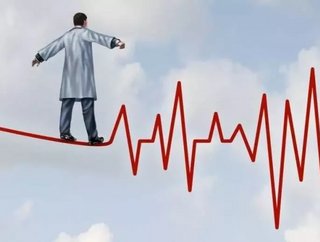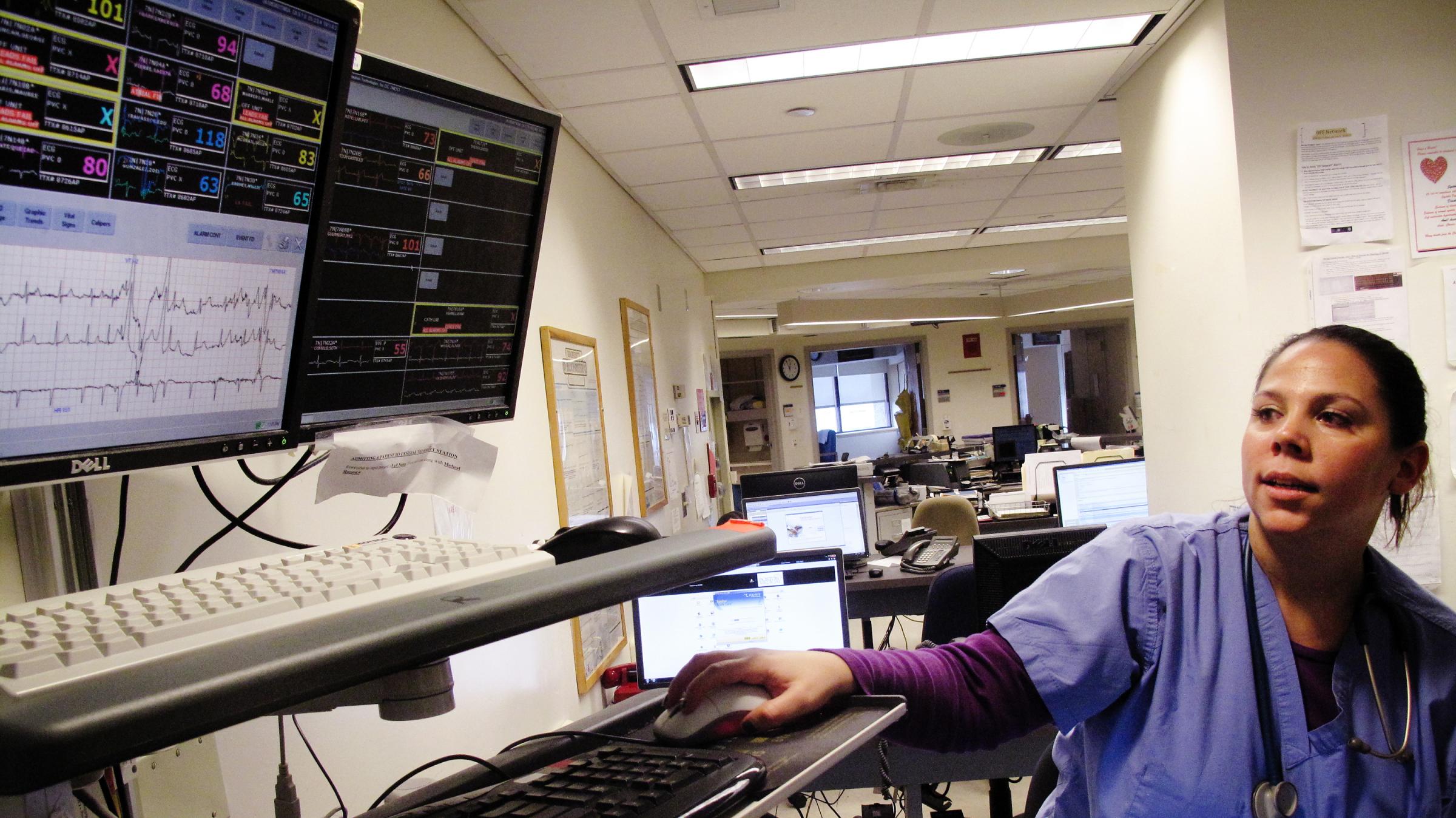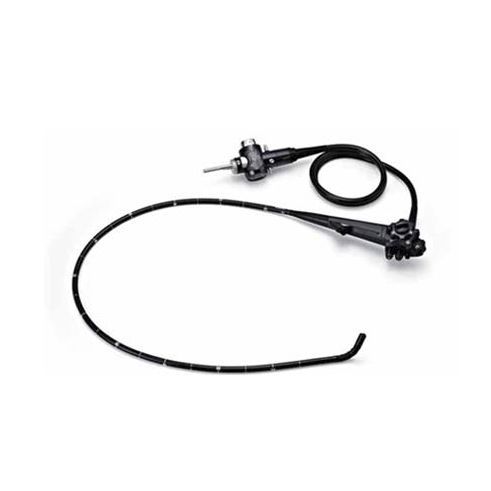TOP 10: Health Tech Dangers to Watch Out For in 2015

As the world of health care technology grows, so do the dangers that come with it. Clinical alarm hazards, inadequate EHR systems and complications in robotic surgery are just a few of the potential dangers that hospitals and health systems should watch out for in 2015.

10. Inadequate Alarm Hazard Configuration Policies and Practices
When caregivers become overwhelmed by constant alarms, they experience what is known as “alarm fatigue.” This can be a serious problem, however, as just one alarm could mean the difference between saving a life.
Most alarm-related adverse events can often be traced back to inappropriate alarm configuration policies and practices.

9. Inaccurate/Missing Data in EHRs and Health IT Systems
EHRs provide the information clinicians need for making appropriate treatment decisions, but when errors exist, it can lead to incorrect treatment decisions and patient harm.
Patient/data mismatches, outdated information and clock synchronization errors between different devices and systems are things health providers should be wary of.

8. IV Line Mix-Ups
There are a number of ways that IV solutions can be administered to the wrong site or at the wrong rate. For instance, the infusion line could be connected to the wrong fluid container or the wrong pump channel, or the patient end of the infusion line could be connected to the wrong administration site.
An additional factor that can add confusion is the fact that smartpumps are unable to tell one line from another.

7. Inadequate Processing of Endoscopes and Surgical Instruments
Factors that can contribute to the improper cleaning of instruments include the intricacy of the instruments, incomplete or lengthy manufacturer instructions for cleaning, time pressures placed on reprocessing staff and insufficiently trained personnel.

6. Missed Alarms Causing Ventilator Disconnections
Ventilators incorporate sensors and alarms to warn caregivers when a disconnection occurs, but to be effective, alarms must be set to appropriate levels and must be heard when they sound.

5. Patient-Handling Device Use Errors and Failures
Patient-handling technologies are available to reduce the risk of staff and patient injury, but improper use of these devices along with failure to maintain them properly (or failures associated with the devices themselves) can result in injuries.

4. Unnoticed Variations in Diagnostic Radiation Exposures
With imaging technology that uses ionizing radiation, exposures to higher doses are associated with greater risks to the patient. Standard practice specifies that technologists use a dose that is “as low as reasonably achievable to acquire the desired diagnostic information.”
Radiation doses should be neither higher nor lower than is necessary to obtain a diagnostic-quality image.

3. Complications in Robotic Surgery
Complications in robotic surgeries have mainly occurred due to insufficient training. Factors such as the need to reposition team members or equipment to accommodate the size of the robot; the repositioning of the patient or accidental movement of the OR table during the procedure; and lapses in common safety practices and team communication all apply.
Facilities with such systems in place need to provide appropriate training, detailed credentialing and ongoing surgical team competency assessments to minimize patient risk.

2. Insufficient Protection for Medical Devices and Systems
While the trend towards networking and connectivity of medical devices grows, so does the vulnerability of such devices. Cyber security is a patient safety consideration that will require increases attention in the coming years.
1. Overwhelmed Recall and Safety Alert Management Programs
Various problems can occur with medical devices, ranging from lower-priority issues to potentially life-threatening ones. Problems can results in the issuance of recalls or safety notices from the manufacturer or safety alerts from organizations like FDA or ECRI Institute. Notices from these organizations are meant to inform facilities about identified problems before additional incidents occur.
Health care facilities must respond appropriately to such alerts to avoid preventable injury.
Sourced from ECRI Institute.
Follow us on Twitter (@HealthcareGlbl) and like us on Facebook!
- How GE Healthcare has harnessed digital technology to transform itself and the world around it
- How Allscripts is driving the future of healthcare IT
- Hospitals not only fighting COVID- 19 but cyber attacks too.Technology & AI
- Launch of Virtual Healthcare consultation serviceTechnology & AI







